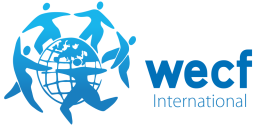What we do
What we do
Every day we are exposed to harmful chemicals, through plastics additives, pesticide residues, flame-retardants, heavy metals and other substances. But few consumers are aware of this. We publish guides how to avoid harmful chemicals, which are found in different products. We have a website in several language, that informs particularly how to create a healthy, non-toxic environment for children. We give training lessons and workshops for consumers, parents, health care experts and staff of retailers. We bring our best practices to governments, and promote replication at larger scale, nationally and internationally.
Informed choices
Humans are particularly vulnerable to the effects of these chemicals in certain stages of their lives, for example when their brains and endocrine system are formed as a child, and during puberty, pregnancy and later during menopause. Women can develop different diseases then men when exposed to harmful chemicals. Women in the plastic industry in Canada were shown to have a five time higher risk of developing breast cancer. It is not always easy to chose a healthier product, as the harmful chemicals are mostly not listed, and some substitutes to chemicals, might themselves be problematic. We work with scientists, environmental agencies and networks of civil society experts. We analyse products and present policy recommendations for increasing healthy green living. Through our ‘Nesting’ training program we have informed 15.000 interested consumers on how to chose healthier green products. We have published a series of 10 pocket guides in 10 different languages, and have a shopping-App for smartphones. We operate websites and social media that continuously provided latest information. Our information guides cover themes as Gender and Plastics, Women and Chemicals, Endocrine Disrupting Chemicals and risks of nanomaterials.
Countries
Germany, France & Netherlands
Partners
FIGO, Association of Midwives Germany, Baby be Good










